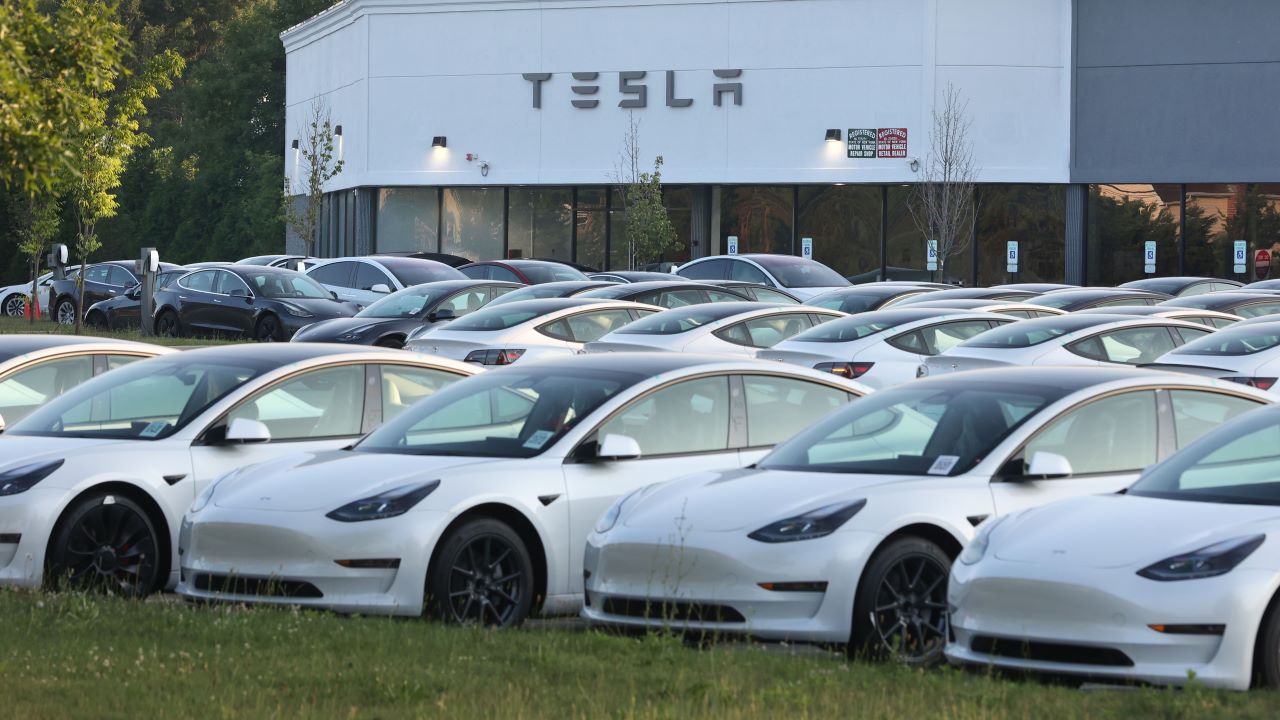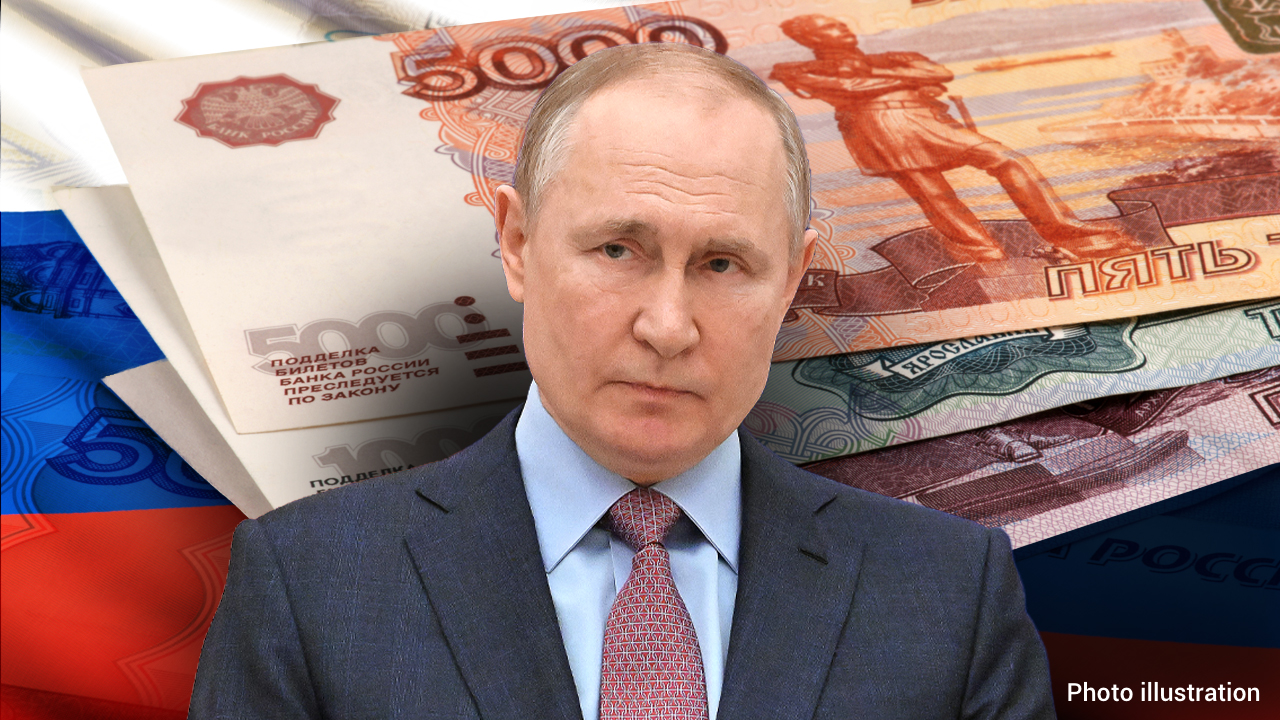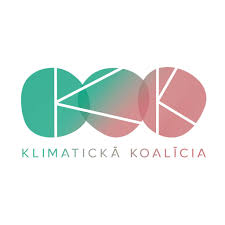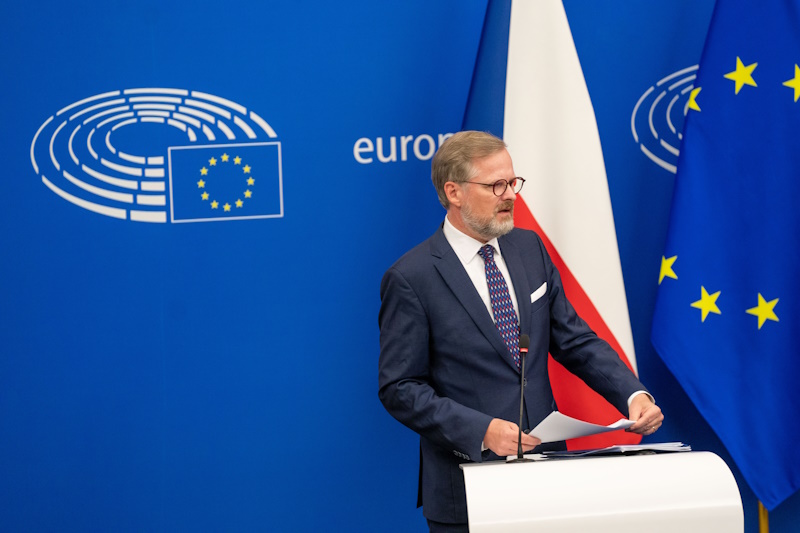See Dombrovskis for spring forecasts: The 5 messages

“The spring forecasts highlight the need for the Union to take swift and decisive action to enhance competitiveness and ensure long-term prosperity,” said Commissioner for Economy Valdis Dombrovskis at today’s presentation of the spring economic forecasts.
In his speech, he referred to the five key messages contained in the economic forecasts, making particular mention of American tariffs as well as defense investments. In his first message, he stated that there is “hidden global uncertainty.”
In his second message, he emphasized that “the EU economy remains resilient despite the difficult conditions we face,” which is why, as he said, moderate growth is expected this year and acceleration next year. “The EU’s GDP is expected to grow by 1.1% in 2025 and by 1.5% in 2026. Thus, the economy of the euro area is expected to grow by 0.9% this year and by 1.4% next year.”
In his third message, he spoke about the labor market, which “remains robust, with more jobs being created and real wages increasing.” “Inflation is decreasing faster than expected, due to lower energy prices,” while “the outlook continues to lean downward, particularly due to trade tensions,” were the last two messages he derived from the economic forecasts.
Impact of American tariffs
These developments “burden global economic activity and trade, which is why the spring forecasts have revised downwards global growth and trade. Global growth outside the EU is now projected to reach 3.2% in both 2025 and 2026. This represents a downward revision of 0.4 percentage points from the autumn forecast. The downward revisions of global imports were much more significant,” he pointed out.
“Trade tensions between the US and the EU and between the US and China could squeeze GDP growth and reignite upward inflationary pressures.” At the same time, “further escalation of EU-US trade tensions or faster expansion of EU trade, among other things through new free trade agreements, could help support EU growth,” he stated.
According to the forecasts, “trade remains high in the first quarter of 2025, likely due to front-loading purchases in anticipation of tariffs,” with forecasts estimating that trade is expected to be a less significant driving force of global growth.
“Higher US tariffs and trade uncertainty are weighing on EU exports,” while imports are also being revised downwards in 2025. “Net exports are subtracting nearly 0.5% from growth, a burden that weakens in 2026. This is a significant change compared to our autumn forecasts,” said Mr. Dombrovskis.
Shock simulation
“It is impossible to separate the effects of tariffs, increased uncertainty, and tighter financial conditions on growth and inflation prospects,” said the Commissioner, adding that “a simulation exercise, however, allows us to explore the impact of different shocks.” Speaking about the simulation of the impact of American tariffs announced by April 2, he stated that “nearly universal tariffs would cause a significant contraction of global trade and economic activity. By the end of 2026, global GDP would be 0.4% below the baseline level and global trade would decrease by 2.9%, according to standard economic theory. The result shows that everyone would lose from the imposition of such measures.”
Defense spending
“Increased defense spending could also positively contribute to growth as a secondary benefit in relation to the primary goal of enhancing EU-US security,” said Mr. Dombrovskis.
In the specific study conducted by the Commission, “it examines the potential economic impact of higher defense spending in the EU based on the information available at the deadline (30/4).” The forecast captures “the increase in EU defense spending from 1.4% of GDP in 2024 to 1.6% in 2025 and 2026.
“The activation of the national escape clause would allow member states to increase defense spending by up to 1.5 percentage points of GDP annually between 2025 and 2028. By the deadline of the forecasts, the majority of member states had already decided to request the activation of the national escape clause, namely Belgium, Bulgaria, Denmark, Germany, Estonia, Greece, Latvia, Lithuania, Hungary, Poland, Portugal, Slovenia, Slovakia, and Finland.”
What's Your Reaction?
 Like
0
Like
0
 Dislike
0
Dislike
0
 Love
0
Love
0
 Funny
0
Funny
0
 Angry
0
Angry
0
 Sad
0
Sad
0
 Wow
0
Wow
0




















































.png?Expires=1838763821&Key-Pair-Id=K2ZIVPTIP2VGHC&Signature=IO0~CT3pU-TcxGc~yoZSmoQx23MZVuK-~4jSii~NKEblRmyO3el7NXPu~Rh1o23voASg7hlcHLw4kvQuDK1jssEhcjoNBBvEpZ~GGOAU6yosBhpHpeF179F~h7i6VxmsBNh9gtTutkoqY73O2YCFey~IAqSzKbBqETP1kP9cAg1916Z1YkJJs-5MliMrkZ5d7-mWGLbpHp2wGj2VlMph8XzYlL4~y1O7fB~JdIS~Rs4RMRs2x0WT1qUIpHAsf3GdwtOyAmKFSpIg8xCyNGZZ5h~13nXlmpd7uPvW8tBfttpG9pFTqcway-uch5WyfHOEfi7UlJCOWrr6fCYY5PMgSg__)







